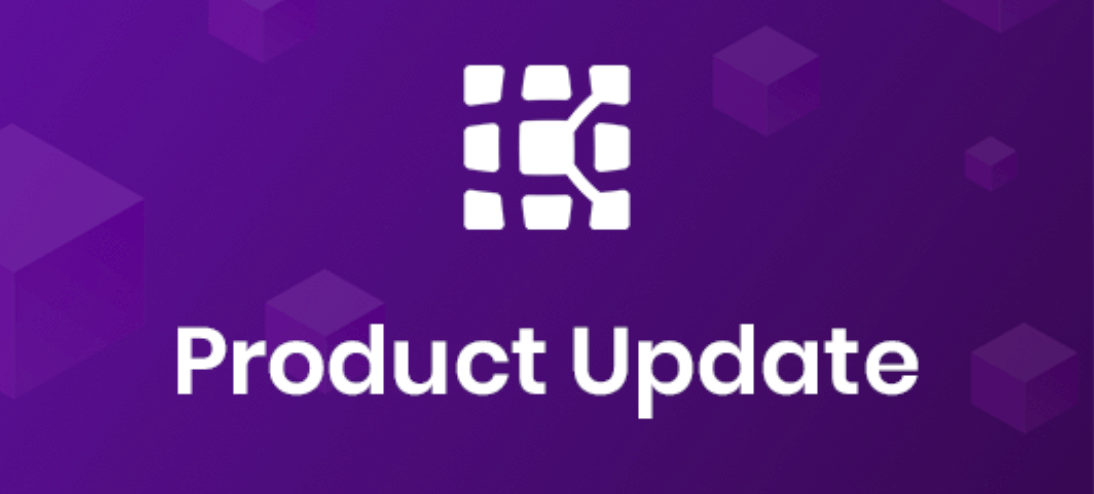
March 2021 Kobiton Product Update: New iOS support, response time in the Session Explorer, & more

Adam Creamer
In our last release, we introduced a brand new Session Explorer, new org management features, and added OS support. We’ve kept the momentum going in this release and have added more brand new capabilities, as well as some enhancements to our already existing features like Session Explorer:
Keep reading to learn more!
Even if you’re using a private cloud or sharing local devices, large enterprise teams often have to figure out how to best share access to these devices for testing. Many times, a tester will want a specific device and OS to test their application only to find that their co-worker just started what will end up a 45-minute session. Not only can this slow down the velocity of your team’s testing, but it can absolutely keep the tester at worker longer than desired!

That’s why, with this release, we’ve introduced a new soft-booking API that allows you to reserve a device for a specific amount of time so that you can ensure access to a device while also giving the rest of your team visibility into when they will be able to access that device before/after you.
We’ve added even more ADB functionality with a brand new ADB shell for your Kobiton manual test sessions. This new shell allows you to run ADB commands to interact with your exact Kobiton real device during your manual session. This is a huge improvement in our ADB capabilities, as users can now completely skip the set-up required by local IDE ADB debugging set ups and still access really important information around TCP connectivity, battery, and packages.
https://videos.sproutvideo.com/embed/449cd7ba1413e3cbcd/7f582bcec40d05a0
Case in point? We’re making the interactions between testing and dev easier. Test away and debug better with these new Kobiton ADB debugging improvements.
We’ve added brand new support for XCUITest to the Kobiton platform. This is big news, and we are happy to welcome XCUITest to the family alongside both Appium and Espresso.
For teams using XCUITest, you will have access to the following information through Kobiton’s next-level DLM:
Now, you can use one of the industry’s favorite UI testing frameworks for your iOS testing and reap all the benefits of doing it within Kobiton and on the Kobiton real device cloud.
Ever since it’s unveiling as codename “Sky” at the 2015 Dart Developer Summit, Google Flutter has continued to grow in popularity within both Android and iOS circles. Flutter is an open-source UI development kit from Google, and it’s now beginning to emerge as a favorite amongst other popular tools such as React Native, Xamarian, Android SDK, Java, etc.
When it comes to mobile testing, testers and SDETs (Software Development Engineer in Test), are finding success using the Google Flutter driver for automating their UI, performance, and Integration tests. We’ve been hearing about this more and more, and we’ve responded by adding the Google Flutter driver to the family of leading technologies that Kobiton supports.
Now, you can easily deploy your Flutter-developed and instrumented application (this basically means that you’ve configured the app so that the flutter Driver can access the GUI and relevant functions) to a Kobiton Real Device hosted in our industry-leading device cloud. Then, you can use Appium to drive automated tests against your Flutter app, using the Appium Flutter driver. In other words, your Google Flutter-developed applications just got a whole lot better, Your dev team is going to be psyched.
In our last release, we launched our brand new Session Explorer. With the Session Explorer, teams were equipped to easily explore and pinpoint exactly where and why applications start to fail–all without needing to rummage through seemingly-endless piles of screenshots.
We’ve made it even better.
Like everything we build here at Kobiton (ITA, I’m looking at you), we are intently focused on making sure that everything we build is best suited to make your job better and get you home from work sooner. That’s why we’ve introduced a suite of new UX improvements to the Session Explorer. Now, you’ll be able to:
Continue to wave “screenshot after screenshot” goodbye and get resolving issues faster with our new and improved Session Explorer.
We are really excited about everything that these updates bring to your testing and development teams, and we hope that you’ve enjoyed this product update. For more technical information concerning how to use these new features, make sure to check out our support portal, and please do let us know what you think!